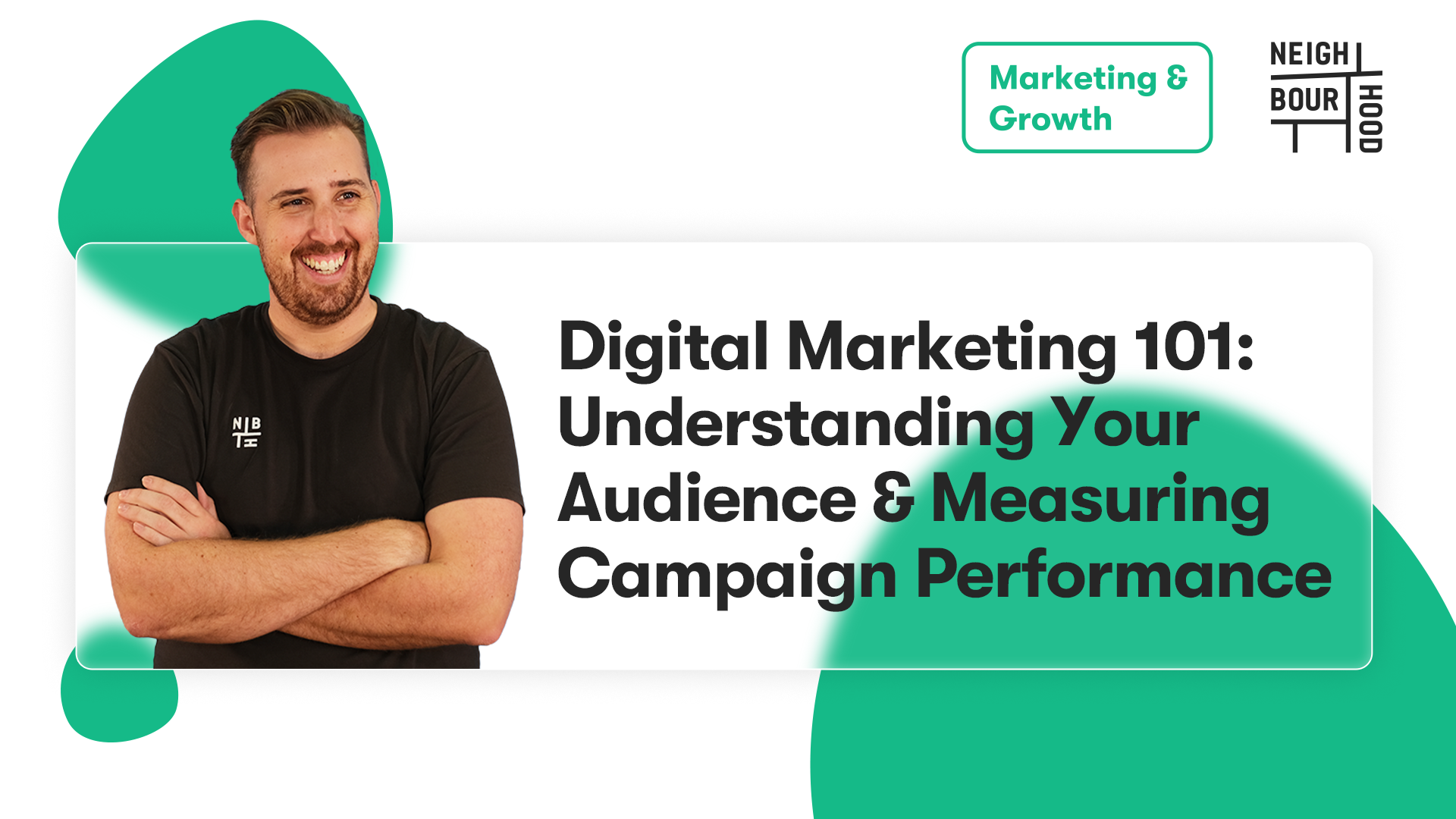The 'What' is just as important as the 'Why' here. The ever-evolving realm of digital technologies has brought about a paradigm shift in the way digital marketing agencies promote and advertise their campaigns for goods and services. In this day and age, digital marketing, online marketing, and advertising are deemed indispensable components of any successful marketing strategy.
What is Digital Marketing?
Digital marketing encompasses all marketing initiatives that leverage digital platforms to showcase and promote goods or services. Digital marketing agencies in Australia have recently been soaring in popularity. These agencies make use of the power search engines such as Google and Bing to effectively promote their digital campaigns. Hence, digital marketing agencies in Australia are able to effectively interact with prospective customers who are in severe need of items or services pertinent to their particular industries - from growing online presence through effective content marketing, to developing robust email campaigns and everything in between. Elaborating, here's some significant pillars of digital marketing you may (or may not) be aware of:
Social Networks
Notably, social networking websites such as Facebook, Instagram, and TikTok are at the forefront of the online marketing and advertising industry. In fact, these platforms are now regarded as indispensable tools in the arsenal of digital marketers due to their immense potential for reaching a wider audience. These platforms give companies the option to target particular demographics and people of interest, which makes it simpler for them to find their ideal customers.
Email Marketing
Another crucial online marketing and advertising channel is email marketing. It enables companies to interact directly with their target market, giving them useful information and updates on goods or services.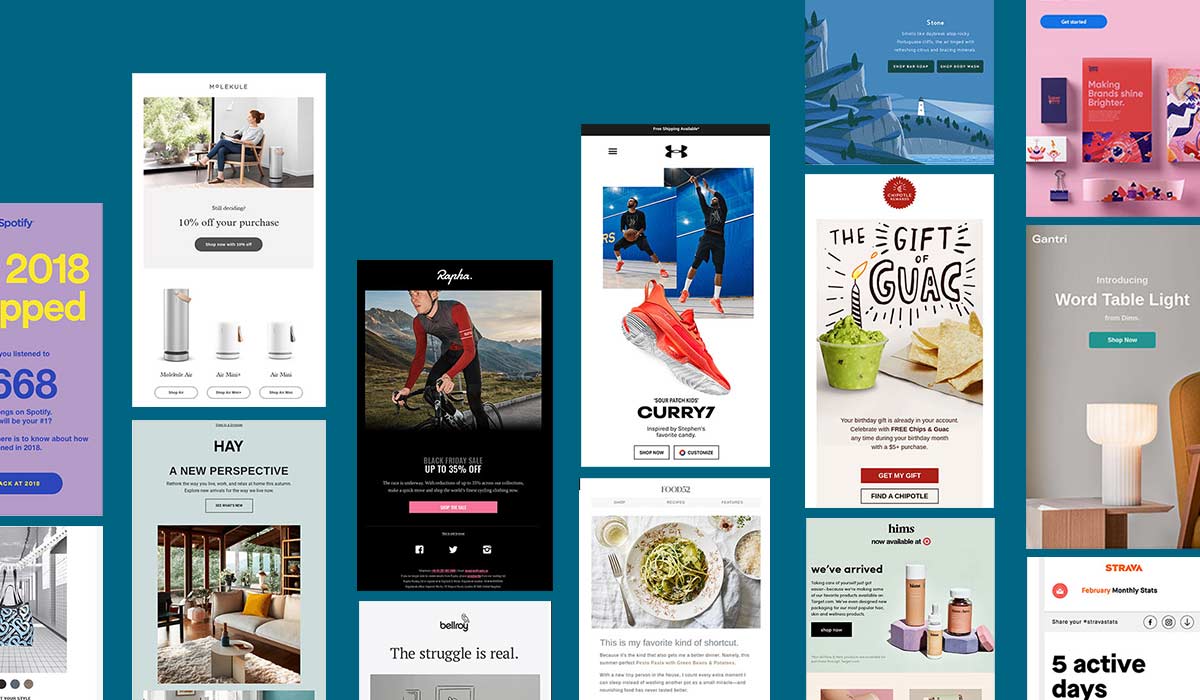
Display Advertising
Another digital marketing channel called "display advertising" uses graphic advertisements that are presented on websites or mobile applications, usually appearing as a sidebar or dropdown to draw in potential clients.

Websites & Apps
Last but not least, in today's environment, mobile apps and websites are essential digital marketing mediums. Businesses must have a mobile-friendly website or app in order to reach their target audience because the majority of consumers access the internet through their mobile devices.
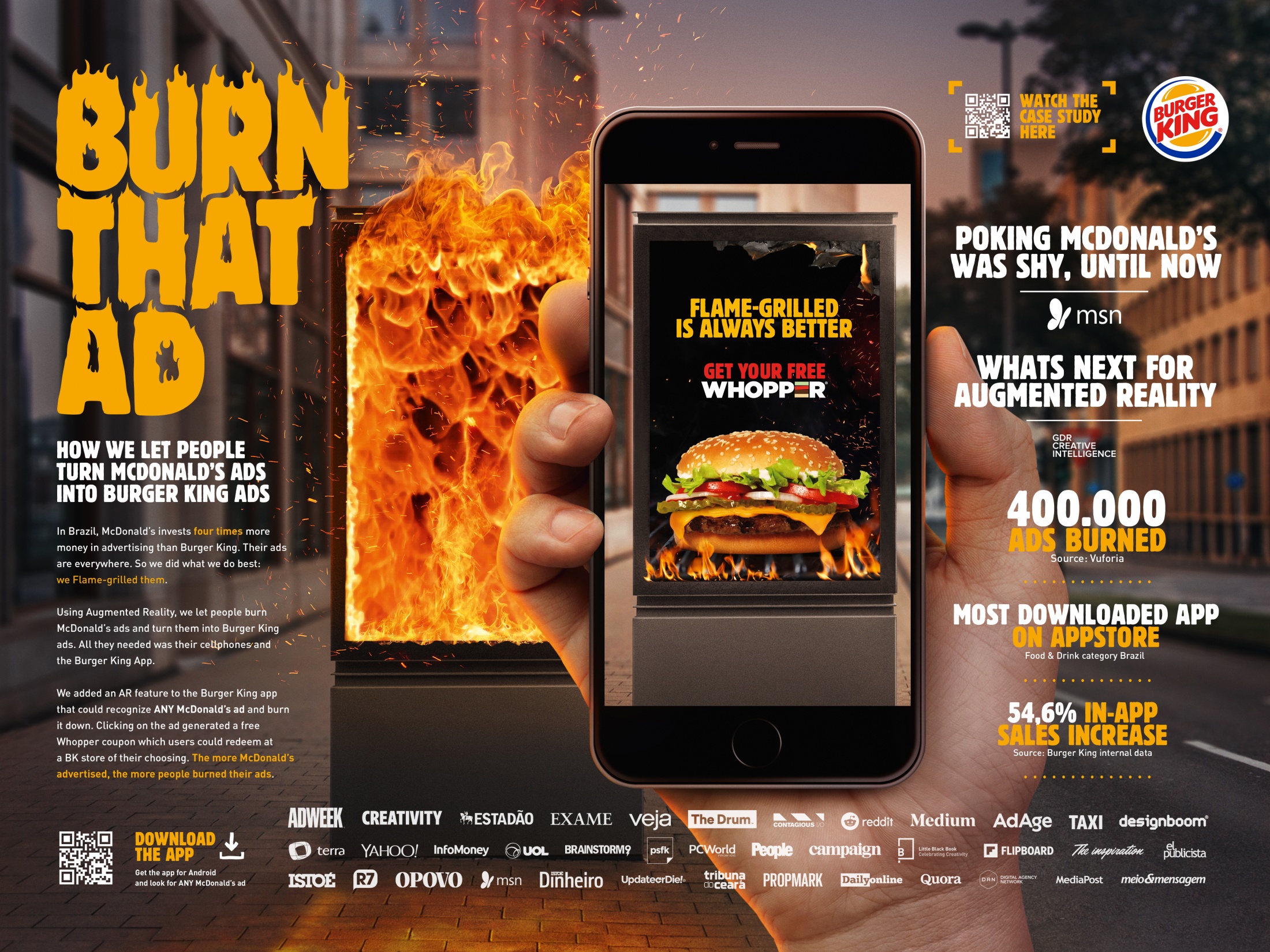
How to Define Your Target Audience
Knowing exactly who YOUR people are allows you to always stay one step ahead, predicting the content they love to see and most importantly, how to deliver it.
This starts with conducting thorough market research - gaining a deep understanding of your competitors, and getting to know your potential customers on a more intimate level is the key. Using this information, you can begin to craft an online marketing and advertising strategy that truly speaks to the heart of your target audience, driving engagement and ultimately boosting your bottom line.
Gathering data
Utilising surveys, focus groups, and social media monitoring are some customary methods to carry out your online marketing research. You will learn more about your industry, spot trends and patterns, and acquire an awareness of the tastes and actions of your target market thanks to this research.
Construct Buyer Personas
After conducting market research, it's now time to construct buyer personas. Based on your online marketing and advertising research and data collection, you might create fictional representations of your ideal clients called buyer personas. Neighbourhood offers a free Buyer Persona Template you can download for free right here! The demographic, psychographic, behavioural, and goal information for your clients should be included in these personas.
Building the Customer Journey
In addition to developing buyer personas, the customer journey should be taken into account. This entails outlining all of the different touchpoints a customer will experience as they interact with your brand, from first becoming aware of it to making a purchase and beyond. By comprehending the client journey, you can identify engagement spots and pain areas, as well as develop customised online marketing and advertising campaigns that lead customers in the right direction.
To truly comprehend your target market, it's paramount to delve into the depths of your existing customer base. Scrutinise their data to unveil patterns and trends in their virtual conduct, encompassing their buying patterns, inclinations, and demographics. This knowledge can prove to be key in identifying the individuals who are most likely to be captivated by your products or services and empower you to establish online marketing and advertising strategies that are tailored to your audience's interests and requirements!
An example...
Let's say you run a pet supply business and you're interested in advertising to pet owners. You don't want to put any of your marketing efforts into reaching people who don't own dogs. After surveying the industry, you learn that canine owners are more inclined to buy dog supplies than cat owners. Armed with this knowledge, you create a buyer persona for a dog owner named "Fido's Mom" who is 35-55 years old, lives in the suburbs, and has a disposable income. You create targeted online ads that feature cute dog photos and showcase your high-quality dog toys and treats. Voila! Fido's Mom sees your ad and becomes a loyal customer.
All in all, remember, defining your target audience isn't a one-size-fits-all process. It requires research, creativity, and a willingness to adapt and refine your approach. Sustained diligence is an absolute must when it comes to pinpointing your ideal audience. Consistently honing and enhancing your online marketing and advertising strategies is a pivotal factor in achieving success in your campaign. Also, employing the use of data analytics and A/B testing to gauge the efficacy of your campaigns and reinvigorating their performance to elevate their influence is extremely important! It's all about being better than yesterday!
How to Set Up a Campaign
Piecing a digital marketing and advertising campaign can feel like a complex process, but with the correct tools and methods, it can be a very successful approach to connecting with your target market and accomplishing those goals your boss is on your back about (stress less, we got you). The following stages will set you up for a fruitful digital marketing campaign:
Setting Clear Objectives
What is the ultimate objective of this campaign? Is it to rake in more leads, augment revenue, or enhance website traffic? Knowing these questions can help you cultivate a focused campaign that corresponds with those important SMART goals we've learnt to adopt. Have faith in the potency of specificity to propel favourable outcomes!
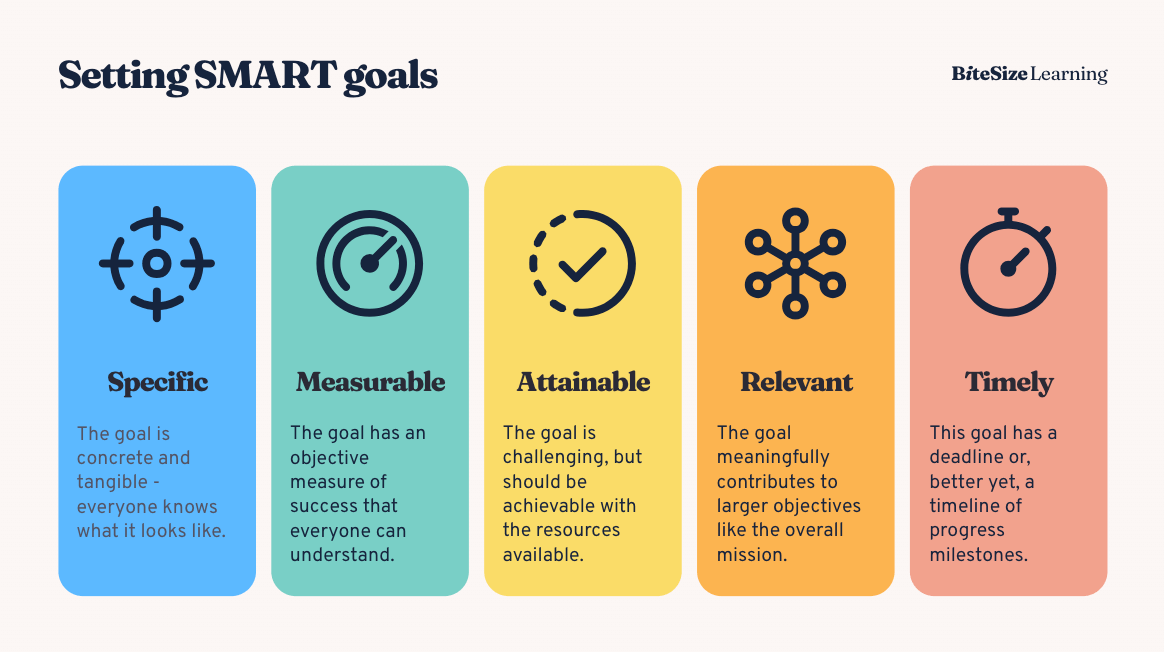
Decide on Channels
After establishing your objectives, it's crucial to select the appropriate channels to promote your campaign. Various digital platforms are at your disposal, such as social media, email marketing, search engine advertising, and display advertising. However, determining the most effective channels to engage and captivate your target audience requires an understanding of their preferences and behaviours. By using this information to guide your decision-making process, you'll be able to solve the puzzle and pave the way for a successful campaign.
Content Development
The next step is to create visually appealing campaign components like ad content, social media posts, email templates, and landing pages, among others. Align your design and messaging of each asset with the campaign's overall objectives to attain cohesiveness and efficacy. As we say here in the 'Hood, "Consistency builds trust".
Tracking Your Performance
This step is crucial to understanding the performance of your campaigns and optimising them for successful results. By tracking and analysing your campaigns, you can make improvements to your messaging, visuals, and overall strategy to achieve your set goals confidently. Consider utilising tools such as Google Analytics if you monitor website traffic and set up conversion tracking to measure the success of your digital strategy.
After completing all the above necessary components for your campaign, it's time to rock n' roll! To optimise the effectiveness of your campaign, closely monitor its progress and make any necessary adjustments. Consider conducting A/B tests on your messaging and creative materials to determine what resonates best with your target audience.
Let's take a break from the theoretical and dive into some real-life examples of successful digital marketing campaigns, shall we?
The Best Job in the World
The "The Best Job in the World" advertisement, created by Tourism Queensland, comes first. The Australian Tourism Board ran an ad in 2009 seeking a caretaker for Hamilton Island in the Great Barrier Reef. The job title was "Island Caretaker," and it included benefits like free lodging in a luxurious villa and reimbursement for scuba diving and snorkelling trips. Surely there's a catch. The successful applicant would receive $150,000 for working for six months, all of which would be documented on social media. After launching the campaign, 34,000 video submissions poured in from 200 different nations. The campaign was effective because of its cutting-edge tactics, which included leveraging social media to reach individuals all over the world and promoting a dream job that was impossible to turn down.
Share a Coke
A third illustration is the "Share a Coke" promotion by Coca-Cola. In 2014, Coca-Cola decided to switch from labelling its products with the company's famous logo to utilising people's names instead. The objective of the ad campaign was to get people to buy Coke products so they could see whether they or someone they knew would turn up in the bottle. Over 125,000 social media postings used the hashtag #shareacoke, proving the campaign's effectiveness. The campaign's success can be traced back to its personalised strategy, which made use of social media to disseminate user-generated material and sparked customers' interest with individualised packaging to increase their emotional connection to the brand.
So, to sum up, if you want your digital marketing campaign to succeed, you need to use a clever and creative approach, give a tailored message, harness social media, and consistently refine your plan. These case studies should serve as inspiration for your own digital marketing strategy.

How to Measure the Success of Your Campaign Using Digital Marketing
If you want to make sure that your digital marketing campaign is not a flop, you've got to measure its performance. So, here are some nifty ways to evaluate your digital campaign's effectiveness:
1. Establish your KPIs
Key Performance Indicators, or KPIs, as the cool kids call them, are like the report card for your digital campaign, telling you how well you're doing in achieving your goals. It's like trying to hit a target while blindfolded - you need some way to know if you're getting closer or farther away. And that's where KPIs come in.
To establish your KPIs, start by identifying your campaign goals. Do you want to increase website traffic? Generate leads? Boost sales? Whatever it is, choose KPIs that align with those goals. For example, if you want to increase website traffic, you might track metrics like page views, unique visitors, and bounce rates. If you want to generate leads, you might track conversion rates, form submissions, and click-through rates.
But don't just choose any old KPIs. Choose SMART ones: Specific, Measurable, Achievable, Relevant, and Time-bound. Don't be like that person who sets a goal to "get in shape" but never specifies how they'll do it or when they want to achieve it. Instead, set a specific goal to "run a 5k in under 30 minutes by the end of the year" and track your progress along the way. See? SMART goals are way more effective.
2. Employ tracking tools
Okay, let's discuss tracking tools. The success of your campaign can't be gauged without the aid of tracking tools. You don't want to keep pouring resources into a campaign that isn't producing any results. Google Analytics is a common tool we can get around. It's a great way for keeping tabs on website visitors and learning more about their habits. Discover which pages on your site are getting the most attention and how long visitors tend to stay. Conversion monitoring may be set up to help you evaluate the efficacy of your advertisements. It's the equivalent of having a computer snoop on your site.
Hootsuite is another helpful program. You may use this app to monitor and control all of your social media profiles from one location. You may plan to publish, observe reactions, and keep an eye on hashtags and mentions. It's the equivalent of having a social media assistant at your disposal.
Hotjar is the last option. Through heatmaps and recordings, you may see and analyse the behaviour of your website's visitors. Users' clicks, scroll depth, and ignored content are all visible. It's like embedding a hidden spy cam right into your website!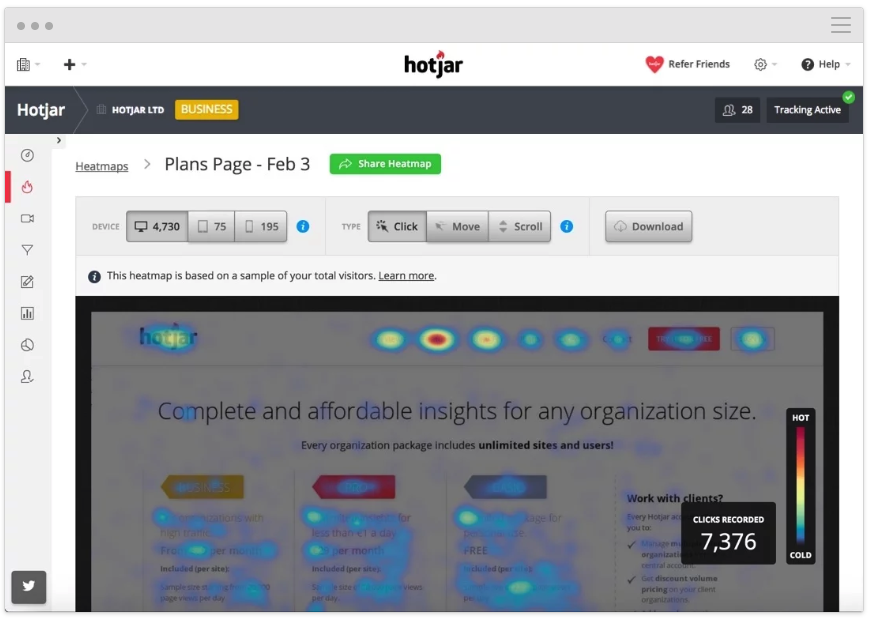
You can gauge the success of your digital marketing strategy with the help of tracking tools like these. You may assess the results and modify your strategy accordingly. Embrace these digital spies and helpers without hesitation; they are essential to your digital marketing success.
3. Track conversions
The conversion rate is the pinnacle of success in digital marketing. When a visitor to your site takes the intended action, such as buying something, registering for your newsletter, or filling out a form, you have a conversion. It's the digital marketing equivalent of earning a sticker for good performance, only the reward is extra cash.
You must enable conversion tracking in your analytics platform if you wish to monitor these events. This will show you how many visitors are converting on your site and from what sources they came. It's like installing a tracking device on your online advertising initiative and keeping a close eye on its performance.
Imagine you're the owner of an e-commerce website where you sell cat toys. The ultimate objective of your website is to have visitors make purchases. Conversion monitoring allows you to observe how many visitors become paying customers and from which channels they originate. You may discover that your Facebook advertising is the most successful and decide to focus more resources there. Another possibility is that people who arrive at your site via organic search are more likely to make a purchase, prompting you to prioritise SEO efforts.
When keeping tabs on conversion rates, it's important to remember that not all conversions are created equal. While a sale is always welcome, what if the consumer chooses to sign up for your email list instead? Still counts as a conversion and may result in more purchases on the road. Make a list of everything you want to do for your business and rank it by how important it is to achieve your ultimate objectives.
Conversion tracking, in a nutshell, is the digital marketing equivalent of a crystal ball. You can assess the efficacy of your efforts and make adjustments accordingly. You should keep a record of your goals and rank them in order of importance. Get out there and start keeping tabs on conversions like a pro!
4. Evaluate engagement metrics
The numerous approaches to gauging how your target demographic responds to your digital marketing efforts are known as engagement metrics. This includes measures of interaction such as likes, comments, shares, and click-through rates. Keeping tabs on these indicators will help you gauge the effectiveness of your communications with your intended audience and adjust your approach as necessary.
What criteria do you use to assess engagement rates? To begin, check that you are monitoring appropriate indicators. Likes, shares, comments, and followers are all metrics worth monitoring if you're utilising social media to spread the word about your campaign. You may want to pay special attention to your email marketing campaign's open and click-through rates.
When you know which indicators will help you evaluate the success of your campaign, you can begin monitoring their progress. You may find a variety of resources to assist you in doing this task. Facebook and Instagram, for example, both include in-built analytics features for tracking user interaction. Mailchimp and Constant Contact are two email marketing solutions that offer in-depth analytics on metrics like open and click rates.
Measuring engagement is only half the battle, of course. The data's true value becomes apparent after it's put to use in formulating a plan of action. If you see that a given social media post is doing well in terms of likes and shares, you might want to produce additional material along those lines. You might also try experimenting with the email's subject line or call to action if you see that it has a high open rate but a low click-through rate.
Finding the optimal balance between catering to your audience's preferences and achieving your organisation's objectives is the ultimate goal when analysing engagement numbers. You may improve your digital marketing campaign's performance by keeping tabs on engagement indicators and using that information to adjust your approach. Who knows, anyway? A few more clicks and shares can't hurt, right?
In summary, consistent scrutiny and analysis of performance metrics are crucial for diligent marketers. This enables precise optimisation of tactics and fine-tuning of strategies. Data-driven decision-making empowers marketers to elevate campaign effectiveness and achieve organisational goals with confidence.
Looking to Develop Your Own High Converting Campaign?
Over here at Neighbourhood, an Australian digital online marketing and advertising agency, we offer up personalised online marketing, advertising, and sales experiences to our clients with proven results, and even happier customers. They stand out in a market where many companies rely on impersonal digital marketing strategies because of their distinctive strategy that emphasises the human component of marketing and sales.
Neighbourhood will assist you in defining the target audience for your campaign through digital marketing. They'll create buyer personas—detailed profiles of ideal clients—using data-driven insights whilst constructing a comprehensive and successful digital online marketing and advertising campaign. Homing experts in methods like SEO, PPC, social media marketing, and email marketing, we're here to offer best-practice methods for proven results (with a smile as well). Reach out to us and let's start working on building you your own robust digital strategy!

